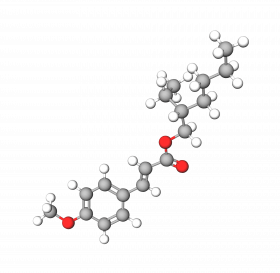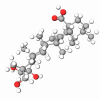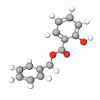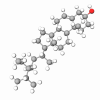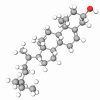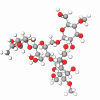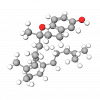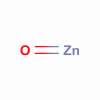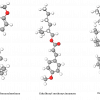Ethylhexyl Methoxycinnamate (Octyl Methoxycinnamate or OMC) is an ester of 4-methoxycinnamic acid and 2-ethyl hexanol, a strong UVB absorber and is one of the most widely used UV-B filters with excellent protection potential. It is an oil-soluble (insoluble in water), colorless to pale yellow (yellowing when exposed to light), practically odorless, oily liquid that can be easily incorporated into the sunscreen formulation. It has a refractive index (at 20 °C) of 1.542–1.548 and boosts the SPF when combined with other UV filters.
Ethylhexyl Methoxycinnamate is ideal for water-resistant sunscreens, lipsticks, protective hair care, and daycare products for everyday protection against UV-B rays. In addition, it is compatible with most cosmetic ingredients and an excellent solubilizer for many solid UV filters such as Ethylhexyl Triazone, Diethylhexyl Butamido Triazone, Diethylamino Hydroxybenzoyl Hexyl Benzoate, and Bis-Ethylhexyloxyphenol Methoxyphenyl Triazine.
Due to Octyl Methoxycinnamate is a derivative of cinnamate acid (unsaturated fatty acid), an antioxidant should be added to the cosmetic composition, to guarantee the oxidative stability of the product. Antioxidants could be, for example, vitamin E or BHT. Ethylhexyl Methoxycinnamate is approved worldwide in various concentrations.
Ethylhexyl Methoxycinnamate is one of the well-studied ingredients. Several studies showed that it has cytotoxic, estrogenic, and neurological adverse effects. But, applied topically, it practically doesn't adsorb into the epidermis, and it is safe for external use and approved by the FDA for use in sunscreens and protective applications.UV-B radiation (wavelengths between 280-320 mm) affects especially the epidermal layer of the skin because it penetrates up to the stratum basale, where it causes the well-known sunburn (erythema). Further on it induces damage on the DNA and suppresses the immune response of the skin. Frequent and intense exposure to UV-B rays enhances the risk of fatal mutations eventually leading to skin cancer. Consequentially using sun care products, when you expose your skin to the sun is essential for a healthy and beautiful appearance.
